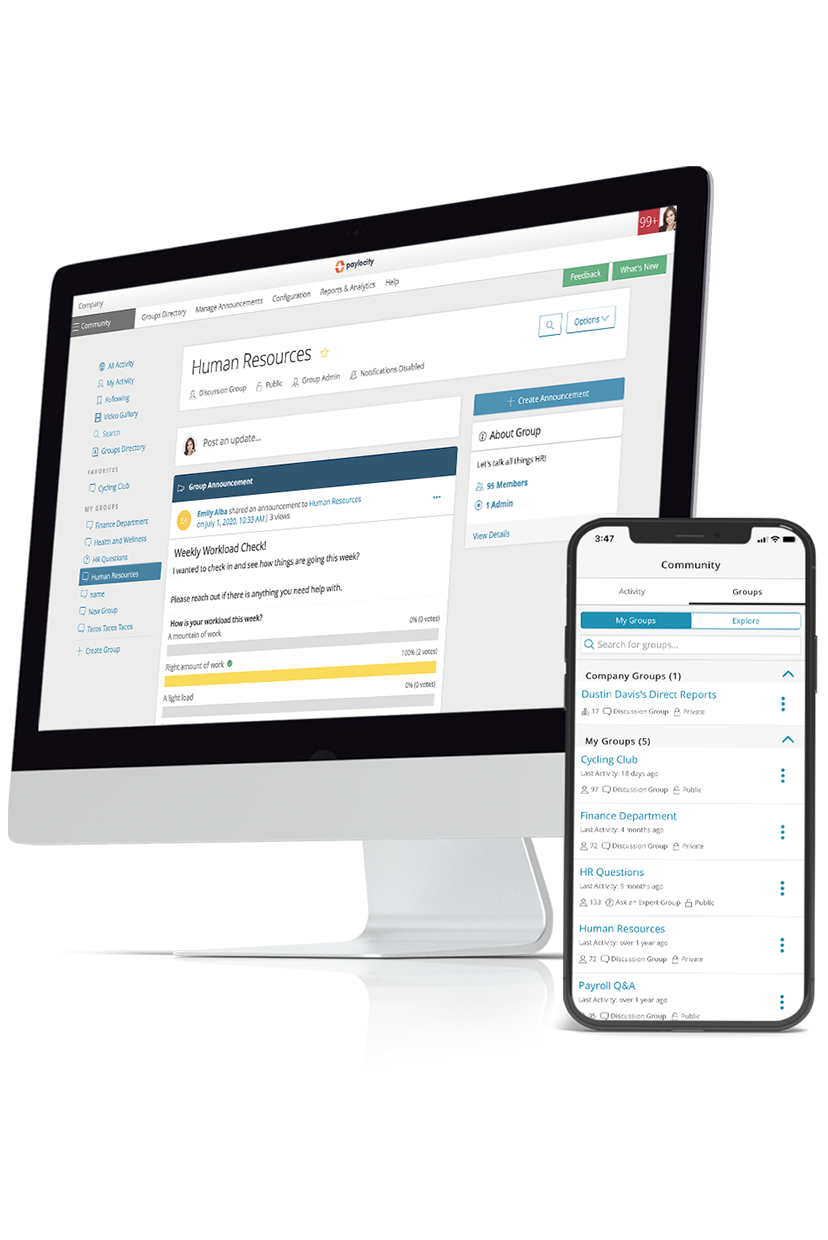2. Lower Absenteeism
There’s always that one work colleague who seems to be sick every week. The excuses for absence range from “the kitchen is flooded” to “my hamster has died.”
Whether the reasons are legitimate or not, the fact is that disengaged employees are unhappy employees. And if work makes you unhappy, it’s the last place you want to be.
Keeping your employees engaged helps nip this problem in the bud. In fact, according to a Gallup study, top- and bottom-quartile business units and teams with engaged employees saw an 81% difference in absenteeism.
This difference has a real impact on productivity and overall outcomes.
3. Less Stress
Your inbox is bursting at the seams, you’ve got a dozen deadlines looming, and the phone just won’t stop ringing. Sound familiar?
We’ve all been there. With work comes stress. It’s unavoidable. From breathing exercises to taking minutes from our desks, we’ve all got different ways of handling it.
But, in addition to how we manage our stress as individuals, there’s a strong reciprocal relationship between our well-being and who signs our checks. Being engaged with our work and feeling supported goes a long way in combating the stressors we feel.
According to Gallup analysis, employee engagement has a 3.8 times greater impact on stress than work location. Job satisfaction is more closely tied to the relationships individuals have with their team and manager than whether they work remotely or on-site.
Feng shui plants are all well and good, but few things top feeling valued and heard for easing job pressures. Employee wellness programs are an effective example of how to combat employee burnout in the workplace.
4. Increased Productivity
“Find a job you enjoy doing, and you will never have to work a day in your life.” Okay, maybe that quote is a little hokey, but it still rings true.
We all know how good it feels to really get your teeth into something. When you enjoy your job, it feels less like a chore, and you’re likely to be more productive as a result. This is good for you and your company, which reaps the rewards of your renewed effort.
One of the benefits of an engaged workforce is that they report 14% to 18% more productivity compared to disengaged ones. So, there's a massive incentive for companies to keep their people engaged and happy.
5. Improved Customer Service
Enthusiasm is infectious. One of the advantages of employee engagement is that your staff will show more commitment to a business, and it’s almost impossible for this not to spill over onto the customers.
If employees feel valued, they’ll be more aligned with a company’s goals and mission and will naturally provide better levels of customer service.
Not convinced? Organizations with an engaged workforce see 10% higher customer loyalty scores.
So, by keeping employee satisfaction levels high, companies will likely see better customer experiences and, in the long term, an increase in customer loyalty rates.
Learn More: Elevating Employee Engagement for Better Customer Experience
6. More Effective Leadership
Who doesn’t want a charismatic, approachable team leader who has a clear vision for the company? Well, the influence of employee engagement often starts at the top and cascades down.
According to Forbes, 76% of employees who have empathetic managers are very engaged at work. This highlights that when managers are highly engaged, their positive connection with the company can disproportionately affect overall performance.




